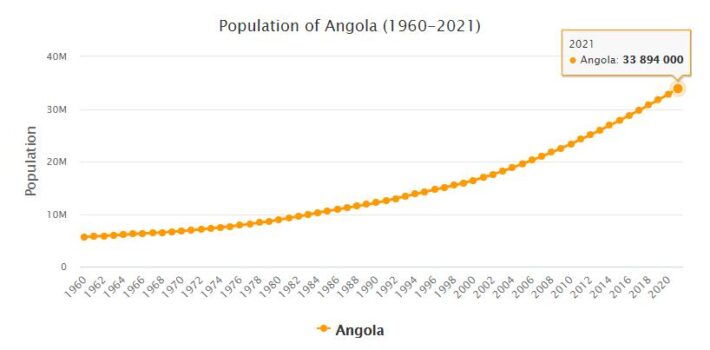Yearbook 2012
Angola. In June, UN refugee status ceased for all Angolans who fled the civil war in the country in the 1960s and onwards. According to the UN, there has been peace in Angola for ten years, and during that period close to 400,000 Angolan refugees have returned from neighboring countries. At least 100,000 remain in exile.
The youth movement that started demonstrations against the regime in 2011 continued its protests during the year. The regime was accused of corruption and oppression of human rights, and the protesters demanded that powerful President José Eduardo dos Santos resign after his close 33 years in power – second most in Africa – and not stand in the upcoming elections. In July, several protesters and journalists were arrested.
The Constitutional Court approved only five parties and four alliances of the 27 who wanted to stand in the August parliamentary elections. In addition to the MPLA government (the People’s Movement for Angola’s Liberation) and the leading opposition party UNITA (the National Union of Angola’s Full Independence), there was the newly formed Casa-CE (Wide Angola Rescue Collection), which attacked poverty and corruption and directed its message to young people.
- AbbreviationFinder.org: Provides most commonly used acronyms and abbreviations for Angola. Also includes location map, major cities, and country overview.
Casa-CE was led by a former UNITA leader and a former MPLA general, who promised a five-fold minimum wage, from the equivalent of about SEK 700, and create an authority to fight corruption. Both Casa-CE and UNITA attacked the regime for lack of democracy and huge economic gaps in a country that has seen an annual growth of an average of 10% over the past decade. While the president and his family have become stormy in the oil, the majority of the population lacks running water, sewage and electricity, even though Chinese companies have been commissioned to build hundreds of thousands of new homes.
The 70-year-old dos Santos campaigned with the message that he and the MPLA party have led the country from war and chaos to become one of the most economically successful in Africa. He used his power over the media, showed off newly built roads, hospitals and schools, and just before the election he inaugurated the capital Luanda’s new promenade, which has been renovated for the equivalent of SEK 2.5 billion.
Although a large part of the capital’s residents live in slums, MPLA was re-elected by a large majority. However, the party lost a tenth of its vote and shrank in parliament to 175 out of 220 seats. UNITA doubled to 32 seats and the newly formed Casa-CE took eight seats. dos Santos had made sure to strengthen his grip on power by changing the constitution so that the leader of the party that won the parliamentary elections became president. Thus, he did not have to face the electorate in a presidential election, which he never did, partly because of the war.
The opposition accused the regime of electoral fraud, and voters complained that they could not vote where they registered. Some international election observers were excluded from polling stations, but the African Union observers thought the election had been fair.
Population 2012
According to countryaah, the population of Angola in 2012 was 27,884,270, ranking number 46 in the world. The population growth rate was 3.610% yearly, and the population density was 22.3666 people per km2.
